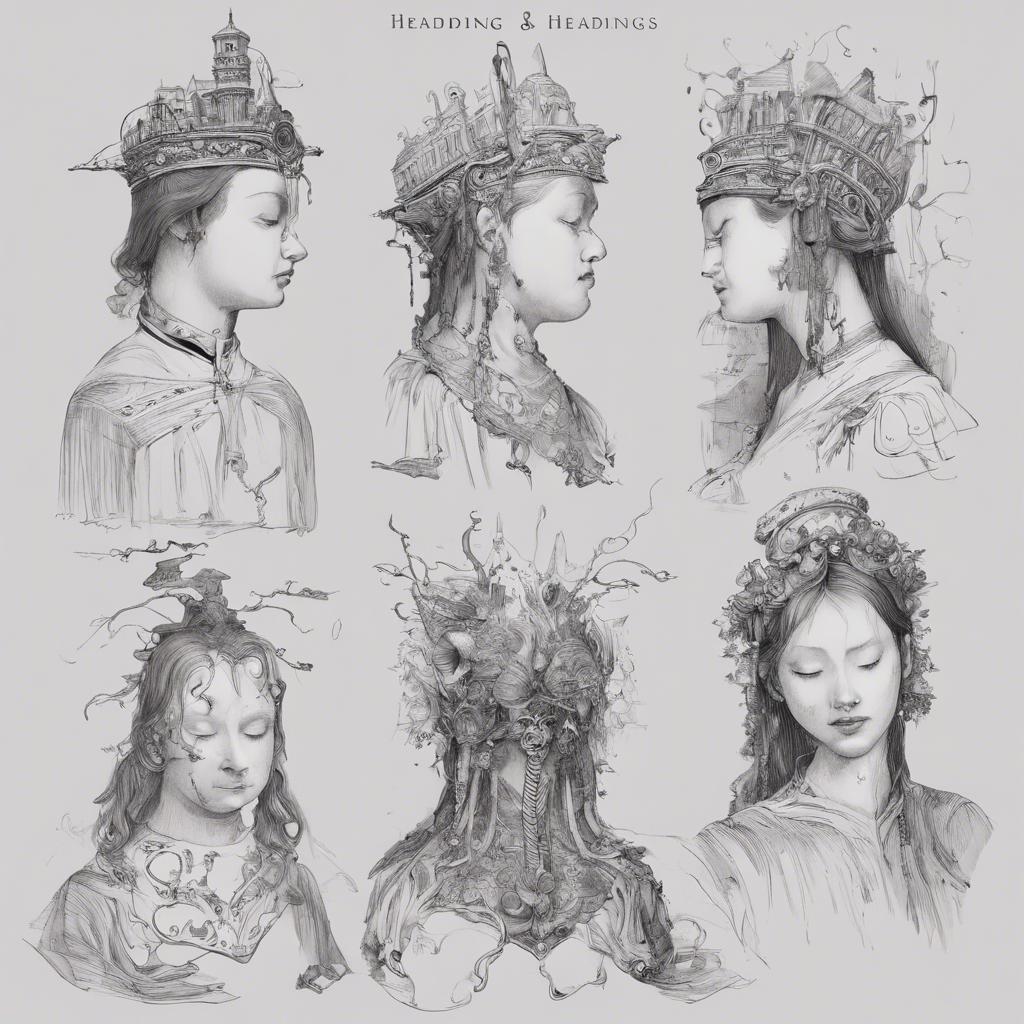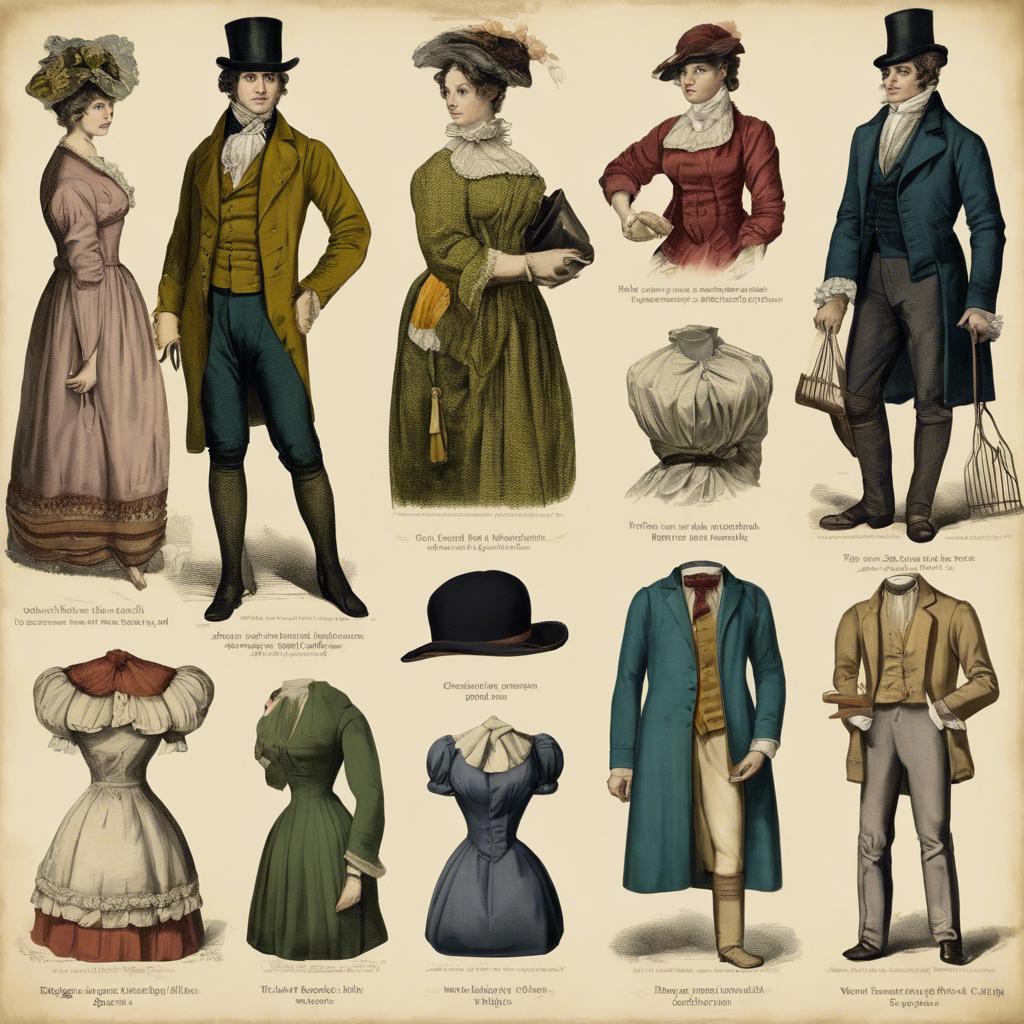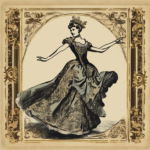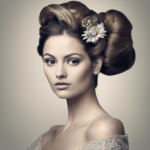During the Regency era in 19th century England, a distinct divide existed between the privileged upper classes and the hard-working lower classes. This divide was not only evident in their social status, but also in their clothing. While the wealthy flaunted elaborate garments made of luxurious fabrics, the regency era mean”>working class individuals were forced to make do with practical and durable attire. In this article, we explore the clothing worn by the working class during the Regency era, shedding light on the humble yet essential garments that defined their daily lives.
Step Into the World of Cheryl Bolen
Dive into the enchanting stories of love, intrigue, and elegance set in the Regency Era. Cheryl Bolen's novels offer timeless romance and captivating tales that will leave you wanting more.
Explore Cheryl Bolen's Books Now
Headings:
In the Regency era, working-class individuals often wore simple and practical clothing that reflected their occupation and social status. Men typically donned loose-fitting shirts, waistcoats, and trousers, while women wore plain dresses or skirts with aprons for added protection during laborious tasks. Despite their humble attire, these individuals took pride in their appearance and often made do with hand-me-downs or second-hand garments.
Men’s Clothing:
- Shirts were typically made of linen or cotton and were worn loose to allow for ease of movement.
- Waistcoats were a staple in every man’s wardrobe, providing warmth and adding a touch of formality to their ensemble.
- Trousers were usually made of sturdy fabrics like wool or corduroy, designed to withstand the demands of manual labor.
Women’s Clothing:
- Dresses were simple and functional, often made of durable fabrics like cotton or calico.
- Skirts were ankle-length to avoid hindering movement, while aprons were worn to protect the clothing from dirt and stains.
- Head coverings, such as caps or bonnets, were commonly worn by working-class women to keep their hair tidy and out of the way.
With limited resources and access to fashionable clothing, the working class of the Regency era relied on practicality and simplicity in their attire. Despite the constraints of their social standing, these individuals found ways to express their personal style through small details and careful mending of their garments. The clothing of the era may have been modest, but it spoke volumes about the resilience and ingenuity of the working-class population.
Introduction to Regency Era Working Class Clothing
In the Regency Era, working class clothing reflected the social status and occupation of individuals. The working class primarily consisted of laborers, servants, and artisans who needed practical and durable clothing for their day-to-day tasks. Unlike the wealthy upper class, working-class individuals did not have the luxury of wearing expensive fabrics or elaborate designs.
Key Features of Regency Era Working Class Clothing:
- Simple and Practical: Working class clothing was designed for functionality and durability rather than fashion. Garments were often made from sturdy fabrics such as wool or cotton to withstand the rigors of labor-intensive work.
- Modest Cuts and Silhouettes: Working-class attire featured modest cuts and silhouettes to allow for ease of movement. Men wore trousers or breeches with shirts and waistcoats, while women typically donned simple dresses or skirts paired with aprons for added protection.
- Limited Access to Fashion Trends: Due to limited financial resources, working-class individuals had limited access to the latest fashion trends. Their clothing often remained unchanged for longer periods, focusing more on practicality than style.
Examples of Regency Era Working Class Clothing:
| Item | Description | Image |
|---|---|---|
| Smock | Loose-fitting garment worn over clothes for protection |  |
| Breeches | Short trousers fastened just below the knee |  |
| Shift | Simple linen undergarment worn by women |  |
Fabrics and Styles of Regency Era Working Class Attire
In the Regency era, working-class attire was characterized by practicality and simplicity. The fabrics used for these garments were typically sturdy and long-lasting, as they needed to withstand the rigors of manual labor. Common fabrics included:
- Linen: A lightweight and breathable fabric that was ideal for warm weather and easy to care for.
- Wool: A durable and insulating material that provided warmth in the colder months.
- Cotton: A versatile fabric that was often used for everyday clothing due to its affordability and comfort.
Styles of working-class attire during this period were influenced by the fashions of the upper class but adapted for practicality. Men typically wore:
- Shirts: Simple, loose-fitting shirts made of linen or cotton.
- Trousers: Straight-legged trousers made of wool or cotton.
- Waistcoats: Waistcoats were commonly worn over shirts for additional warmth and style.
Women’s attire, on the other hand, typically consisted of:
- Dresses: Plain, high-waisted dresses made of cotton or wool.
- Aprons: Aprons were worn over dresses to protect them from dirt and stains.
- Bonnet: A simple bonnet made of straw or cotton was worn to protect the head from the sun.
Practicality and Functionality in Regency Era Working Class Dress
In the Regency era, working class individuals had to prioritize practicality and functionality in their clothing choices. This meant that their attire needed to be durable, comfortable, and able to withstand long hours of labor. Working class men often wore simple and utilitarian garments such as shirts, waistcoats, breeches, and sturdy boots.
For women in the working class, practicality was just as important. They typically wore simple dresses made from durable fabrics that could withstand frequent washing and heavy use. These dresses were often designed with functional features such as pockets and aprons to hold essential items while they worked.
Despite the emphasis on practicality, working class individuals in the Regency era still managed to infuse their attire with a sense of style and individuality. While their clothing may have been more understated and utilitarian compared to the upper classes, they still found ways to incorporate elements of design and personal expression into their everyday dress.
Tips for Replicating Regency Era Working Class Fashion
In order to replicate the fashion of the working class during the Regency Era, there are several key tips to keep in mind. Firstly, focus on simple and practical clothing pieces that are appropriate for daily labor. This includes garments such as cotton shifts, linen petticoats, and wool stockings.
When it comes to outerwear, invest in functional pieces like sturdy wool coats and bonnets to protect against the elements. Additionally, consider incorporating accessories such as aprons and shawls for added warmth and utility. Remember, the working class of this era prioritized durability and comfort in their attire.
For footwear, opt for sturdy leather shoes or boots that are comfortable for long hours of standing and walking. Avoid overly ornate or delicate styles, as these would not have been practical for individuals engaged in manual labor. By following these tips and selecting clothing items that reflect the simplicity and functionality of Regency Era working class fashion, you can authentically recreate this historical look.
Key Takeaways
the clothing worn by the working class during the regency era was a reflection of their social status and economic circumstances. Despite the limited resources available to them, the working class managed to imbue their attire with a sense of practicality and elegance. From the plain and utilitarian garments of laborers to the slightly more embellished outfits of skilled artisans, each piece of clothing told a story of resilience and resourcefulness. As we continue to study and appreciate the fashion of this bygone era, let us not forget the important role that clothing played in the lives of those who toiled tirelessly to support themselves and their families.


